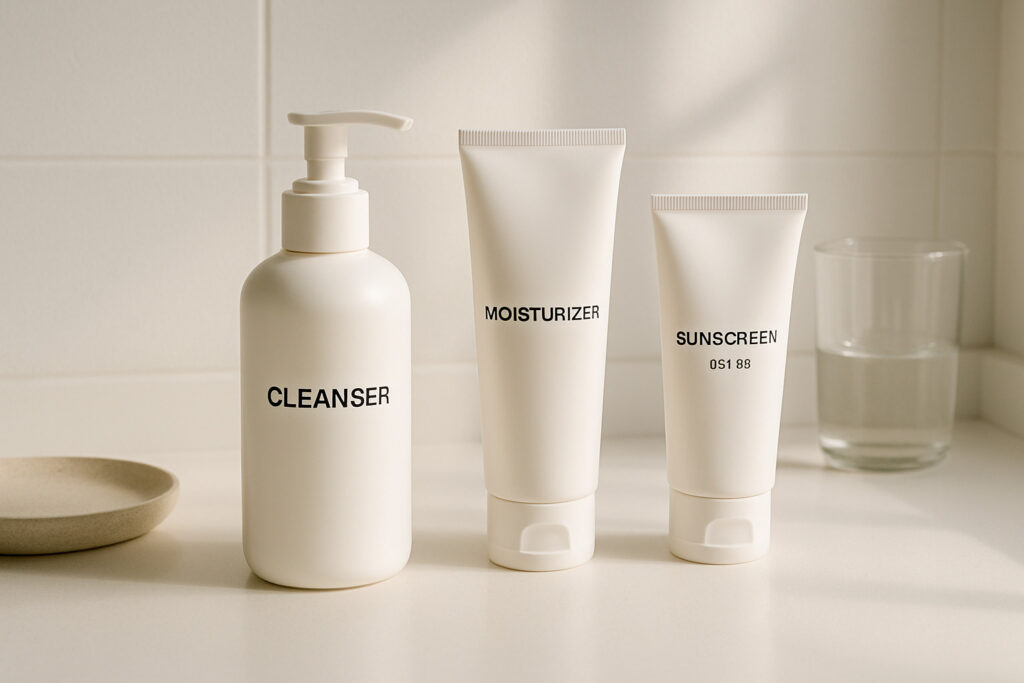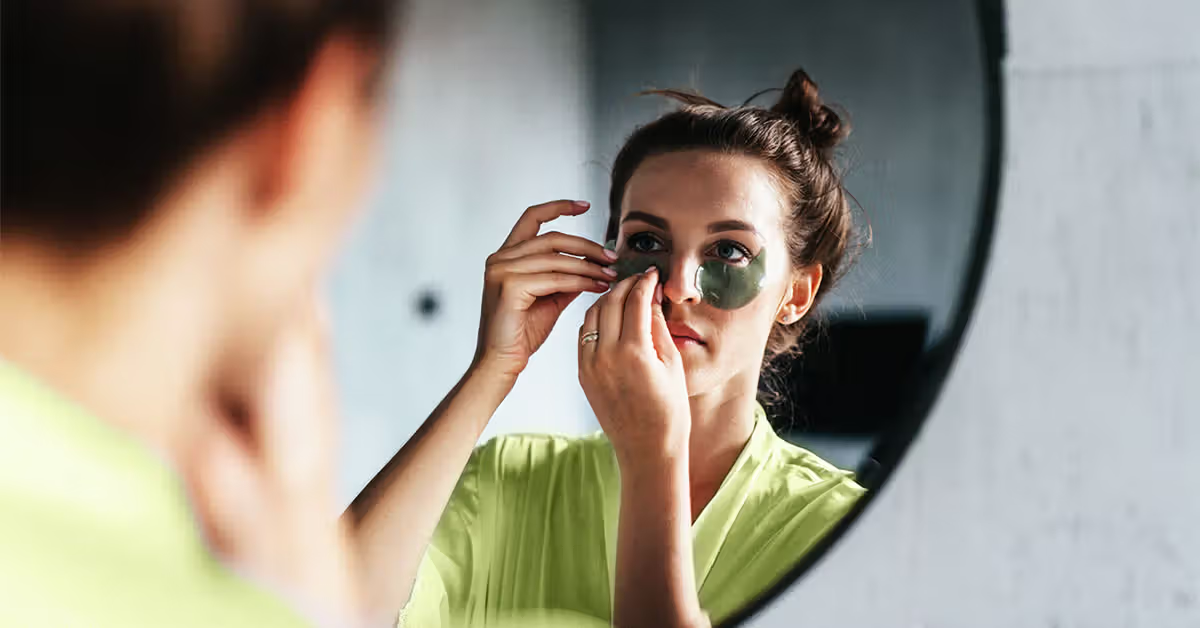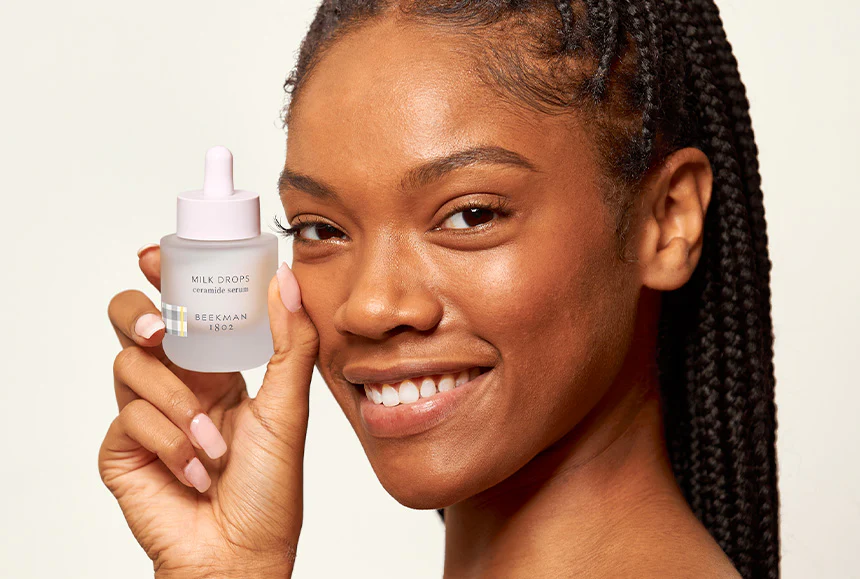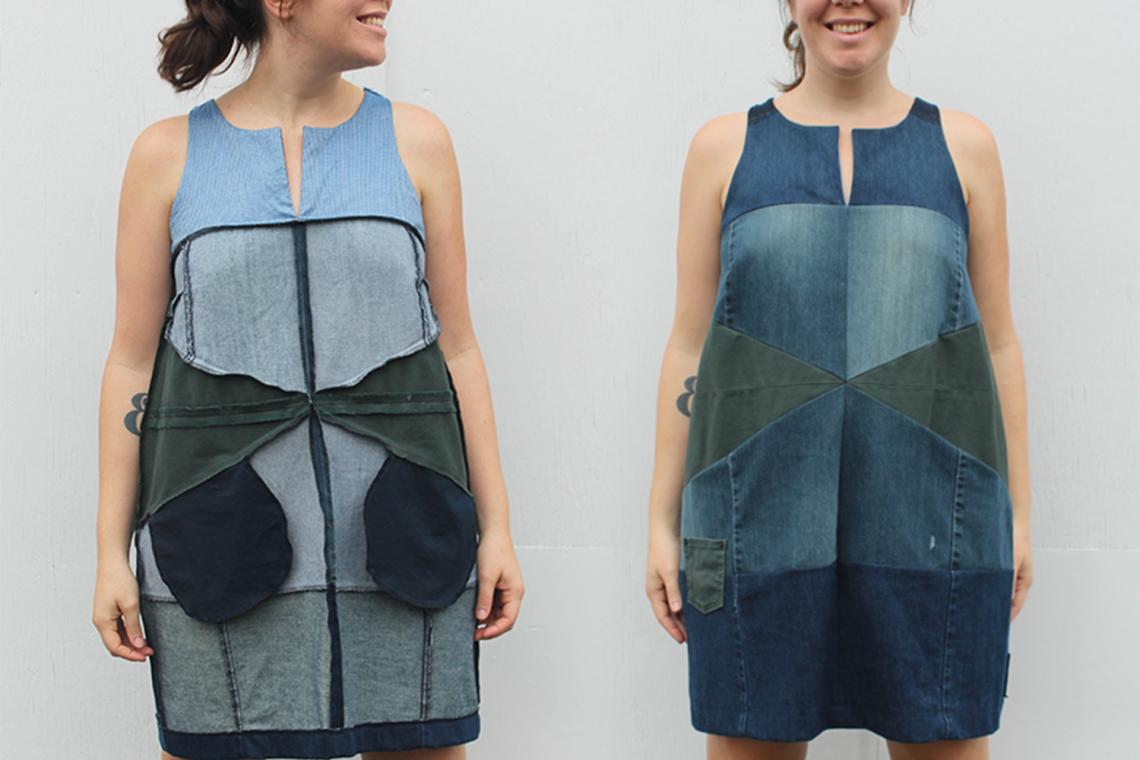The Power of Less: Why Minimalist Skincare Works
When it comes to skincare, sometimes less truly is more. A minimalist skincare routine strips away the unnecessary and focuses on what your skin actually needs to thrive. Instead of juggling dozens of products, you’re working with just 3-5 carefully chosen essentials that deliver results without overwhelming your skin.
The beauty of simplicity lies in focusing on three core steps: cleansing to remove impurities, moisturizing to hydrate and repair, and sun protection to prevent damage. For those with specific concerns, a targeted serum or gentle weekly exfoliant might round out your collection—but that’s it!
Your morning becomes refreshingly straightforward: a gentle cleanse, moisturize, then apply SPF. Evenings follow a similar rhythm: cleanse (double cleanse if you’ve worn makeup), moisturize, and occasionally add a treatment if needed.
I’ve spoken with countless friends who’ve admitted their bathroom shelves are graveyard for half-used products. Sound familiar? We’ve all fallen for the marketing that suggests more products equals better skin, but dermatologists are increasingly pushing back against this notion.
“By minimizing the use of potentially irritating or drying products, your skin may have balanced its natural oils, leading to improved hydration levels and a softer skin texture,” explains Dr. Divya Shokeen, MD, FAAD.
The truth is remarkable—our skin knows how to take care of itself when we stop bombarding it with too many active ingredients. Within just one week of simplifying, many people notice their skin feeling plumper and bouncier, with fewer breakouts and less oiliness. It’s like giving your skin a chance to breathe again.
Beyond the skin benefits, going minimal saves you money and helps the planet. Instead of spending on ten mediocre products, you can invest in a few high-quality ones that truly work for your specific needs. Less waste, less confusion, and more consistent results—what’s not to love?

Why Go Minimal? Science-Backed Benefits
Have you ever stopped to think that your skin might be crying out for a break from all those products? It turns out your largest organ is pretty smart on its own. Monica Poli, Skin Science and Technologies Manager, puts it perfectly: “The excess of products can create confusion and alternate the metabolism of the skin. Selecting few products rich in ingredients requested by the skin is the best strategy.”
Let’s explore why embracing a minimalist skincare routine actually makes scientific sense – and might be exactly what your skin has been begging for.
1. Protects Your Skin Barrier
Think of your skin barrier (that outermost layer called the stratum corneum) as your body’s personal bodyguard. It works tirelessly to protect you from pollutants, bacteria, and other troublemakers. But when we bombard it with layer after layer of active ingredients – especially those powerful exfoliants, retinoids, and acids – we can accidentally weaken this vital defense system.
Dr. Brendan Camp, MD, a board-certified dermatologist, explains it beautifully: “Allowing skin sufficient time and space to receive products and recover from their impact can lead to healthier skin.” Your skin needs breathing room to do what it naturally does best!
2. Reduces Risk of Irritation and Reactions
It’s simple math, really. Fewer products mean fewer potential irritants touching your skin. This translates to a dramatically reduced chance of ingredient interactions that cause that dreaded redness or irritation. When you do experience a reaction (because hey, it happens), it’s so much easier to identify the culprit when you’re only using a handful of products. Plus, you’re giving your skin a break from constant exposure to preservatives and fragrances that can build up sensitivity over time.
3. Cost-Effective and Sustainable
Your wallet and Mother Earth will thank you for going minimal. Most people save around $200-300 annually when switching from complex routines to streamlined ones. Think about all those half-used bottles and jars collecting dust in your bathroom cabinet – that’s not just wasted money but unnecessary packaging headed for landfills. When you stick to just what works, you’re more likely to actually finish products before they expire. Win-win!
4. Improves Consistency and Compliance
Let’s be honest – the best skincare routine is one you’ll actually stick with. Studies consistently show that complicated, time-consuming routines have much higher abandonment rates. When your entire routine takes just 3-5 minutes twice daily (that’s less than 0.5% of your day!), you’re setting yourself up for success. Consistency is the true secret to healthy skin, not the number of products you use.
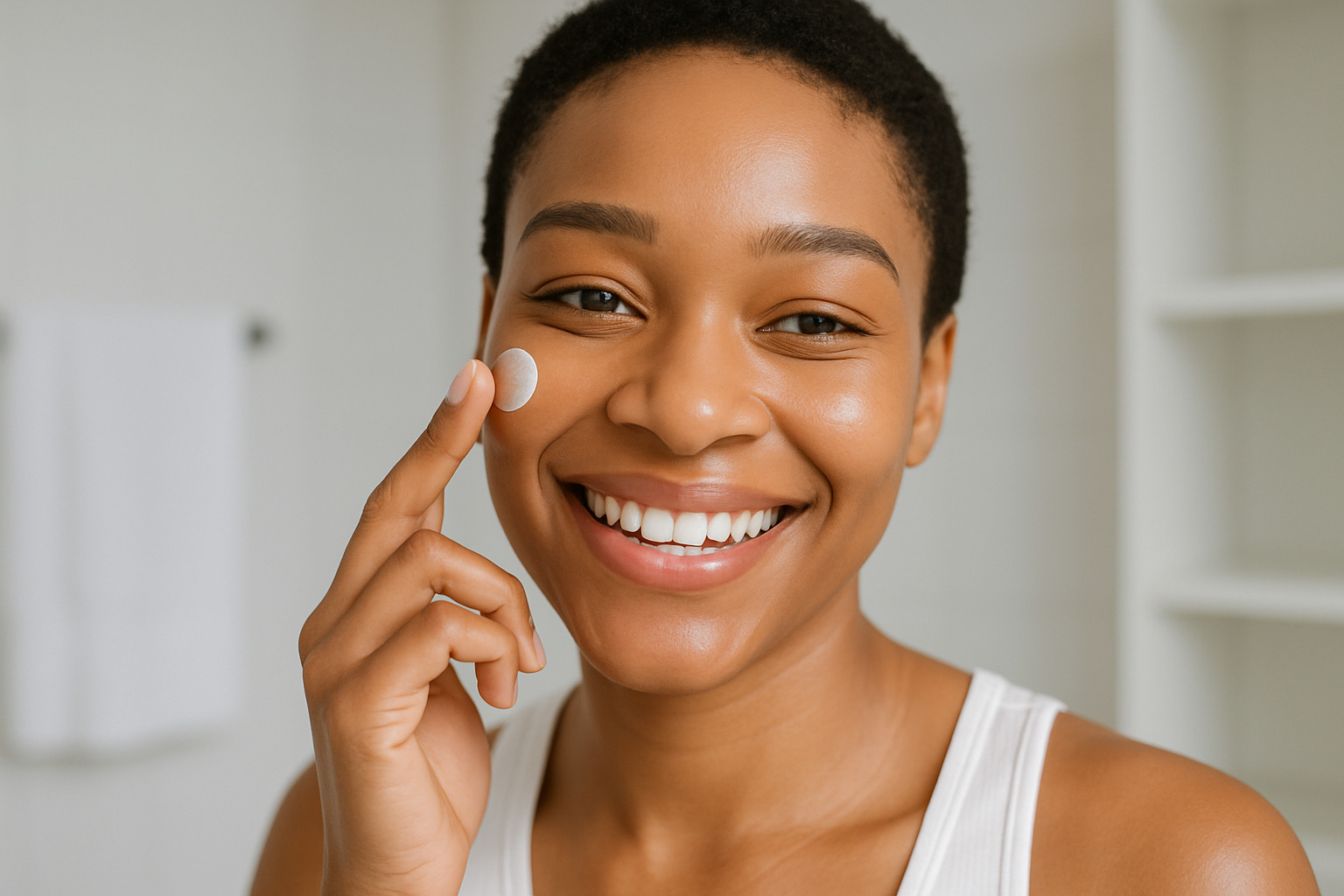
When it comes to skincare, sometimes less truly is more. Your skin is incredibly intelligent – sometimes we just need to get out of its way and let it do what it naturally knows how to do. Ready to simplify? Your skin (and your morning routine) will thank you.
For more information about building a cost-effective routine with quality products, check out our guide to clean beauty on a budget.
Minimalist Skincare Routine: The 3 Core Steps
The beauty of a minimalist skincare routine lies in its simplicity. You don’t need a 12-step regimen to achieve healthy, glowing skin. In fact, just three essential steps can give your skin everything it needs to thrive:
Step 1: Cleanse
Think of cleansing as wiping the slate clean. A gentle cleanser removes the day’s buildup without stripping away your skin’s natural oils. You want your face to feel fresh and clean after washing—not tight or squeaky (which actually signals over-cleansing).
Why it matters: Clean skin allows your other products to work more effectively. It’s like preparing a canvas before painting—you wouldn’t paint a masterpiece on a dirty surface, would you?
Step 2: Moisturize
Every skin type—yes, even oily skin—needs hydration. A good moisturizer reinforces your skin’s protective barrier and helps lock in essential moisture. Think of it as giving your skin a refreshing drink of water.
Why it matters: When your skin barrier functions properly, it keeps good things in (hydration) and irritants out. Well-moisturized skin appears plumper, smoother, and more resilient against environmental stressors.
Step 3: Protect
If you remember nothing else, remember this: sunscreen is non-negotiable. It’s the most powerful anti-aging tool in your arsenal, preventing damage before it starts.
Why it matters: As Dr. Corey L. Hartman, MD puts it, “Sunscreen is hands down the most important anti-aging skincare product.” No serum, cream, or treatment can undo sun damage the way prevention can.
The beautiful thing about these three steps? They work for everyone. Whether you’re 16 or 60, have dry skin or oily, these fundamentals create a solid foundation for healthy skin. From there, you can make small adjustments based on your specific needs.
Morning Minimalist Skincare Routine
Your morning minimalist skincare routine sets the tone for the day, preparing your skin for whatever comes its way:
-
Gentle Cleanse: For many, a simple splash with lukewarm water is enough in the morning. If your skin feels oily, use a mild cleanser that won’t disrupt your skin’s morning balance.
-
Optional Antioxidant Serum: If you’re going to add one extra step, make it count with vitamin C. This powerhouse antioxidant brightens skin and boosts your sunscreen’s effectiveness—like adding a force field to your protection.
-
Lightweight Moisturizer: Apply to slightly damp skin to seal in hydration. Those with oilier skin might prefer a gel formula, while drier skin types may need something creamier.
-
Broad-Spectrum SPF: Finish with SPF 30 or higher. Even on cloudy days. Even when staying indoors. Windows don’t block all UV rays, and consistent protection is key.
The whole routine takes just 3-5 minutes—less time than scrolling through social media while brushing your teeth!
Evening Minimalist Skincare Routine
Your nighttime minimalist skincare routine focuses on recovery and repair while you sleep:
-
Thorough Cleanse: This is when you really need to remove the day’s accumulation of dirt, oil, pollution, and sunscreen. If you wear makeup, consider a double cleanse—first with an oil-based cleanser to dissolve makeup and sunscreen, then follow with your regular cleanser to purify skin.
-
Treatment (Optional, 2-3x weekly): This is your opportunity to address specific concerns:
- A retinoid for anti-aging and acne
- A gentle chemical exfoliant (AHA/BHA) for texture and brightness
Remember to introduce these gradually and never use both on the same night—your skin needs time to adjust to active ingredients. For more guidance on properly layering products, check out our skincare layering basics guide.
- Barrier-Repair Moisturizer: Night is when your skin naturally repairs itself, so support this process with a slightly richer moisturizer than your daytime one.
The magic of minimalism isn’t about deprivation—it’s about intention. By giving your skin exactly what it needs (and nothing more), you allow its natural processes to function at their best while providing targeted support where needed.

Product Roundup & Skin-Type Tweaks
Creating your perfect minimalist skincare routine requires selecting the right products for your specific skin type and concerns. Here’s our curated roundup of multitasking heroes that deliver maximum results with minimal steps:
Gentle pH-Balancing Cleanser
The ideal cleanser removes impurities without disrupting your skin’s natural pH or stripping essential oils.
For Normal to Dry Skin:
– Look for cream or milk cleansers with hydrating ingredients like glycerin, ceramides, or hyaluronic acid
– Consider micellar water for morning cleansing (a French approach that many dermatologists now endorse)
– For evening, an oil-based cleanser can effectively remove makeup and sunscreen while nourishing the skin
For Oily or Acne-Prone Skin:
– Opt for gel or foam cleansers with gentle surfactants
– Ingredients like niacinamide or salicylic acid (in low percentages) can help control oil without over-drying
– Avoid harsh, stripping cleansers that can paradoxically increase oil production
For Sensitive Skin:
– Choose fragrance-free formulations with minimal ingredients
– Look for soothing components like aloe, chamomile, or centella asiatica
– Consider cleansing balms that dissolve impurities without rubbing
Multi-Tasking Antioxidant Serum (Optional)
If you choose to add one treatment product to your minimalist skincare routine, make it count with a multi-benefit serum.
Why Include It:
– Provides targeted treatment for specific concerns
– Boosts the effectiveness of your other steps
– Delivers higher concentrations of active ingredients
Key Ingredients to Look For:
– Vitamin C: Brightens, provides antioxidant protection, and boosts collagen (best used in the morning)
– Niacinamide: Regulates oil, strengthens the barrier, reduces redness, and improves texture (versatile for any time)
– Hyaluronic Acid: Hydrates and plumps without adding heaviness (works well for all skin types)
Application Tip: Apply to clean, slightly damp skin for maximum absorption, and use just 2-3 drops for the entire face.
Barrier-Replenishing Moisturizer
Your moisturizer should support your skin’s natural barrier function while providing appropriate hydration for your skin type.
For Normal to Dry Skin:
– Look for richer textures with ceramides, fatty acids, and humectants
– Ingredients like shea butter, squalane, or plant oils can provide lasting comfort
For Oily or Combination Skin:
– Choose lightweight, non-comedogenic gel or lotion formulas
– Look for oil-controlling ingredients like niacinamide or zinc PCA
– Hydrating ingredients like hyaluronic acid provide moisture without heaviness
For Sensitive or Reactive Skin:
– Fragrance-free is essential
– Minimal ingredient lists reduce potential irritants
– Soothing components like centella asiatica, oat extract, or allantoin can calm reactivity
Broad-Spectrum Mineral Sunscreen
Sunscreen is the non-negotiable final step in any morning minimalist skincare routine.
Why Mineral Options Excel:
– Less likely to cause irritation or allergic reactions
– Provide immediate protection upon application
– Often better for sensitive or acne-prone skin
Key Features to Look For:
– SPF 30 or higher
– Broad-spectrum protection (UVA and UVB)
– Zinc oxide and/or titanium dioxide as active ingredients
– Tinted options can eliminate white cast concerns
Application Tip: Apply approximately ¼ teaspoon for the face alone, and reapply every two hours of cumulative sun exposure.
Weekly Skin Reset: Mild Exfoliant
Even a minimalist skincare routine benefits from occasional gentle exfoliation to remove dead skin cells and promote renewal.
Chemical vs. Physical:
– Chemical exfoliants (AHAs, BHAs, PHAs) dissolve the bonds between dead skin cells
– Physical exfoliants manually remove cells through gentle scrubbing
– For most skin types, chemical options provide more consistent, controllable results
Frequency Guidelines:
– Normal to oily skin: 1-2 times weekly
– Dry or sensitive skin: Once weekly or every other week
– Introduce gradually and monitor your skin’s response
Skin Cycling Approach:
This dermatologist-approved method alternates active nights with recovery nights:
– Night 1: Exfoliation
– Night 2: Retinoid (if using)
– Nights 3-4: Recovery (just cleanser and moisturizer)
– Repeat

Frequently Asked Questions about Minimalist Skincare
Is sunscreen still necessary in a minimalist routine?
Absolutely yes. Sunscreen isn’t just important—it’s the non-negotiable cornerstone of any skincare routine, minimalist or not. When we talk about protecting your skin, nothing (not even that fancy $200 serum) can replace what sunscreen does. Up to 90% of visible skin aging comes from UV damage, which makes sunscreen your most powerful anti-aging tool.
Dr. Brendan Camp puts it perfectly: “Sunscreen prevents genetic mutations caused by UV exposure.” These aren’t just about wrinkles or dark spots—these mutations increase your skin cancer risk. If you were stranded on a desert island and could only grab one skincare product, every dermatologist would yell “Take the sunscreen!” as you floated away.
How do I transition from a 10-step program to three steps?
Making the leap to a minimalist skincare routine doesn’t have to be scary. Think of it as decluttering your bathroom cabinet (and your face):
Start with a skin reset by using just your cleanser, moisturizer, and sunscreen for 2-3 weeks. This gives your skin’s natural barrier time to recover from all those active ingredients you’ve been layering. After this reset period, take a good look at your skin and ask yourself what specific concerns remain.
From there, add back just one treatment product that tackles your main concern—maybe vitamin C for brightness or a retinoid for aging or acne. Give that new addition at least 4-6 weeks before you even think about adding anything else. Most skin improvements come from consistency, not from piling on more products.
One of our readers shared: “I switched from a 10-step routine to just the basics after reading a skincare book recommendation. Within a week, my skin was plumper, less oily, and clearer. I was shocked!”
How can I tell if my minimalist routine is working?
Results from your new minimalist skincare routine will appear in stages, so patience is key:
In the first couple of weeks, you’ll likely notice less irritation and redness, more balanced oil production (not too oily, not too dry), and that wonderful feeling of your skin being comfortable in its own, well, skin. You’ll also appreciate how quickly you move through your morning and evening routines.
By the 4-8 week mark, you should see more even skin tone, smoother texture, fewer breakouts, and a natural glow that doesn’t come from highlighting products.
Stick with it for 3+ months, and you’ll develop a stronger skin barrier that stands up better to environmental stressors, improved management of chronic conditions, and consistent results without constantly jumping from product to product.
Your skin cells take about 28 days to completely turn over, so give your routine at least one full cycle before making any judgments. If you’re not seeing improvements after 8-12 weeks, it might be time to check in with a dermatologist.
Can I just wash my face with water in the morning?
Yes! This simple approach has gained the approval of many dermatologists, especially for those with dry or sensitive skin. As one forum user put it: “Some people do just fine splashing their face with plain water.”
Morning cleansing with just lukewarm water helps preserve your skin’s natural oils, maintains your acid mantle (your skin’s protective barrier), and reduces potential irritation. Plus, it saves you time and money.
This water-only morning rinse works best if you thoroughly cleansed the night before, don’t wake up with an oil slick on your face, and aren’t using active treatments overnight that need to be removed in the morning.
If water alone feels insufficient, try something super gentle like micellar water on a cotton pad or a milk cleanser that won’t strip your skin.
How do I adjust a minimalist routine for different seasons?
One of the beauties of a minimalist skincare routine is that seasonal adjustments are simple tweaks rather than complete overhauls.
In winter or dry climates, your skin typically needs more moisture. Consider using a richer moisturizer or adding a few drops of facial oil to your existing one. You might also want to switch to more hydrating cleansers and scale back on exfoliation.
When summer rolls around or in humid environments, lighter moisturizer textures usually work better. You might benefit from slightly more frequent (but still gentle) exfoliation, and you’ll definitely want to think about a higher SPF or more diligent reapplication.
The goal isn’t to buy all new products each season but to make minor adjustments to your trusted core products. Your skin—and wallet—will thank you.
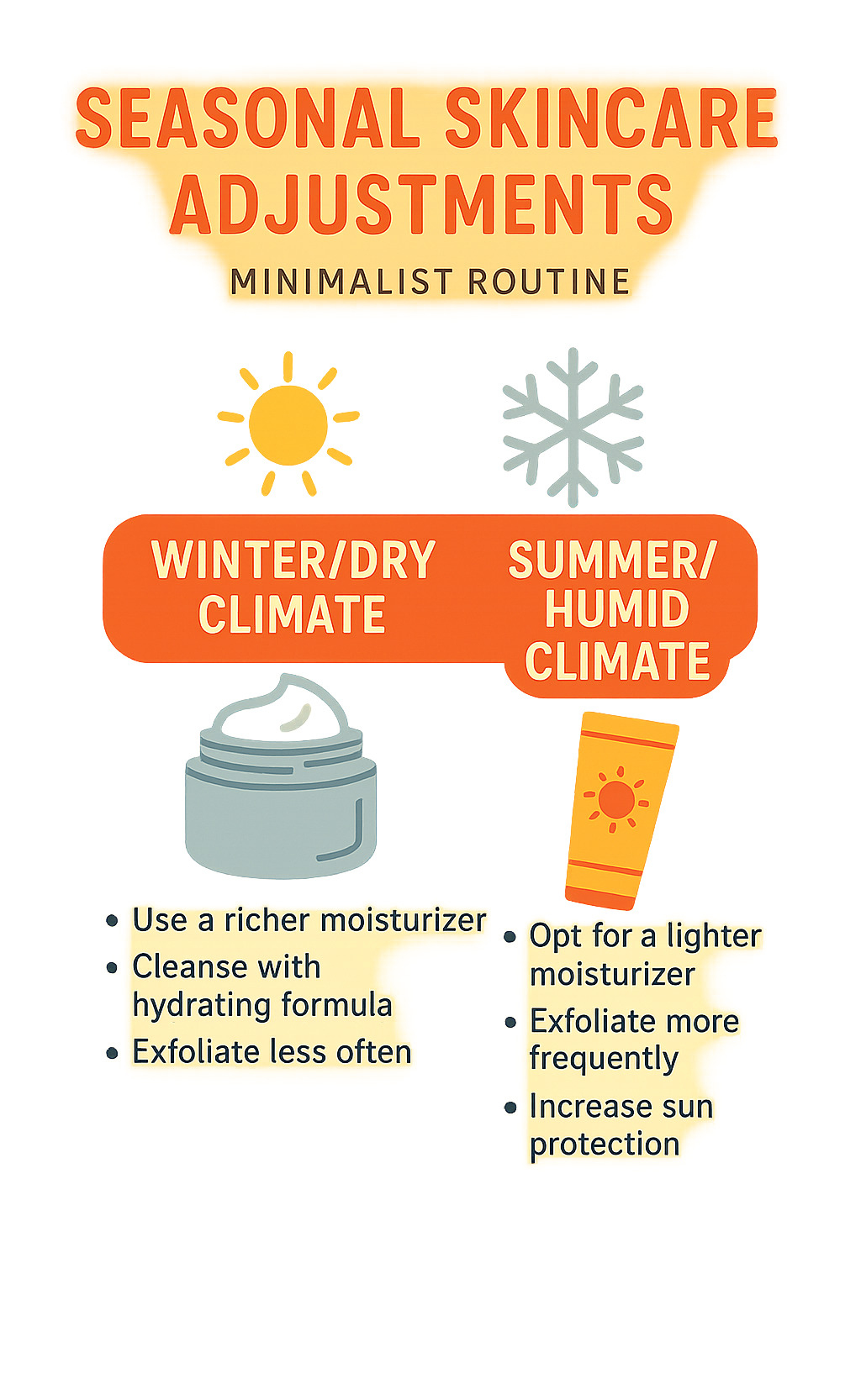
Conclusion
The minimalist skincare routine isn’t just another fleeting beauty trend—it represents a thoughtful return to what skin experts have advocated all along: focusing on what your skin truly needs rather than what marketing convinces you to want.
Throughout this guide, we’ve seen that embracing simplicity delivers benefits that extend far beyond just decluttering your bathroom shelf. When you pare back to essentials, you’re actually giving your skin exactly what dermatologists recommend: a chance to function as nature intended, with just the right support where needed.
Think about what happens when you simplify: your skin barrier strengthens as it’s no longer bombarded with competing active ingredients. That irritation and redness you blamed on “sensitive skin”? It might just disappear when you stop overwhelming your face with too many products. Your wallet stays fuller, the planet gets less plastic waste, and perhaps most importantly—you actually stick with your routine because it’s manageable.
“I’ve seen patients transform their skin not by adding more products, but by removing the ones that weren’t serving them,” notes Dr. Divya Shokeen. “The importance of skincare isn’t about the quantity of products you’re using, but the quality of their ingredients.”
At Beyond Beauty Lab, we believe that authentic beauty emerges from balance and intentionality, not complexity. We encourage you to experiment with stepping back from the 10-step routines and see how your skin responds. Many of our readers report that within just a few weeks of simplifying, they notice their skin looks clearer, feels calmer, and actually glows—without the need for a highlighting product to fake it.
Healthy skin doesn’t require a medicine cabinet full of half-used bottles. Sometimes the most effective approach is also the simplest one: cleanse, moisturize, protect, and add targeted treatments only where truly needed.
For more guidance on building a sustainable beauty routine that honors both your skin and our planet, visit our clean beauty and wellness hub. We’re here to support your journey toward simpler, healthier skin—because sometimes less really is more.

